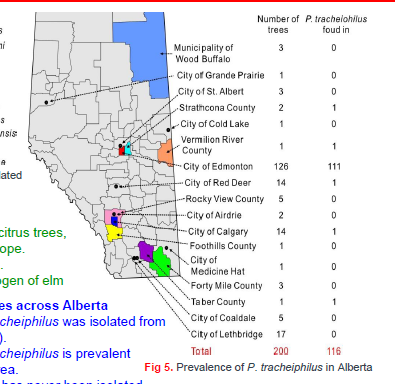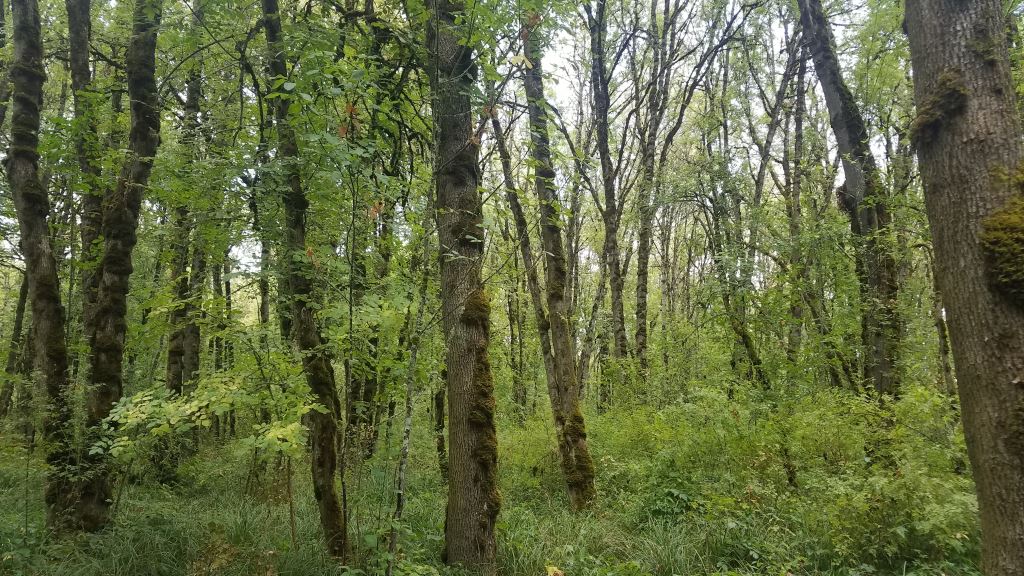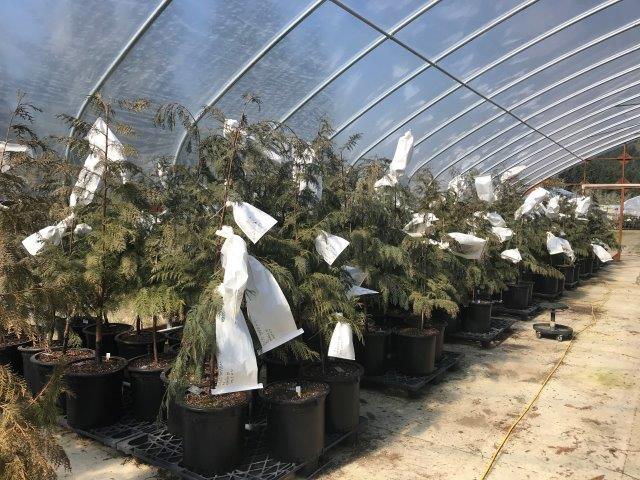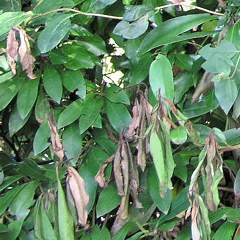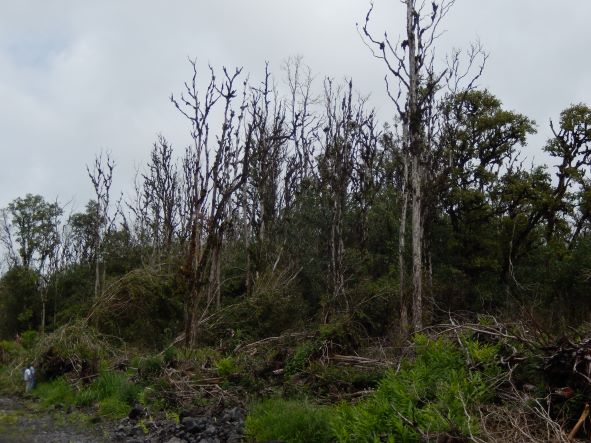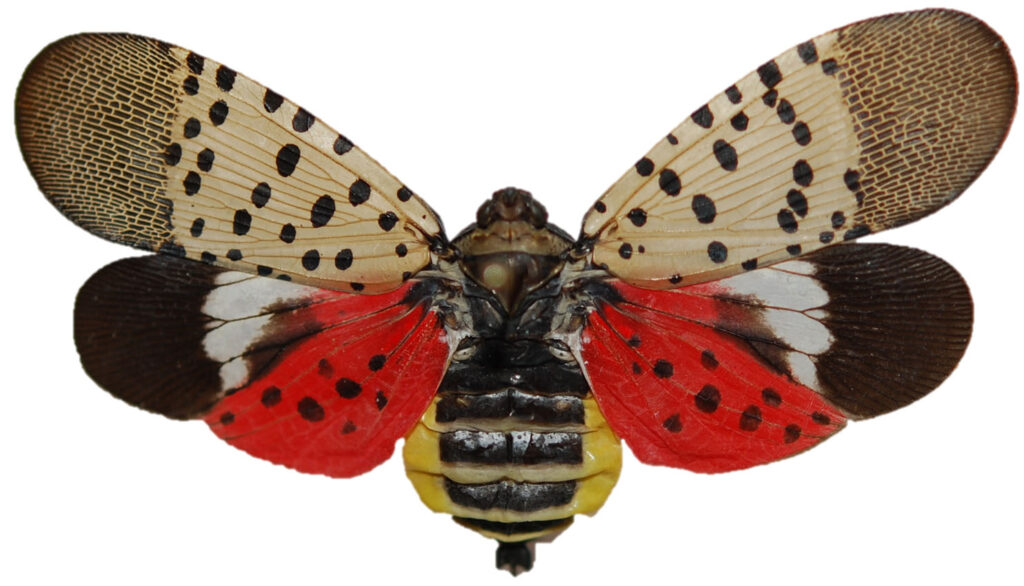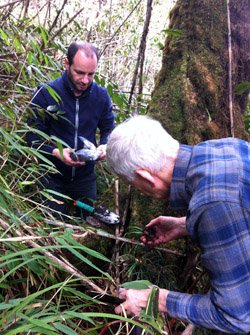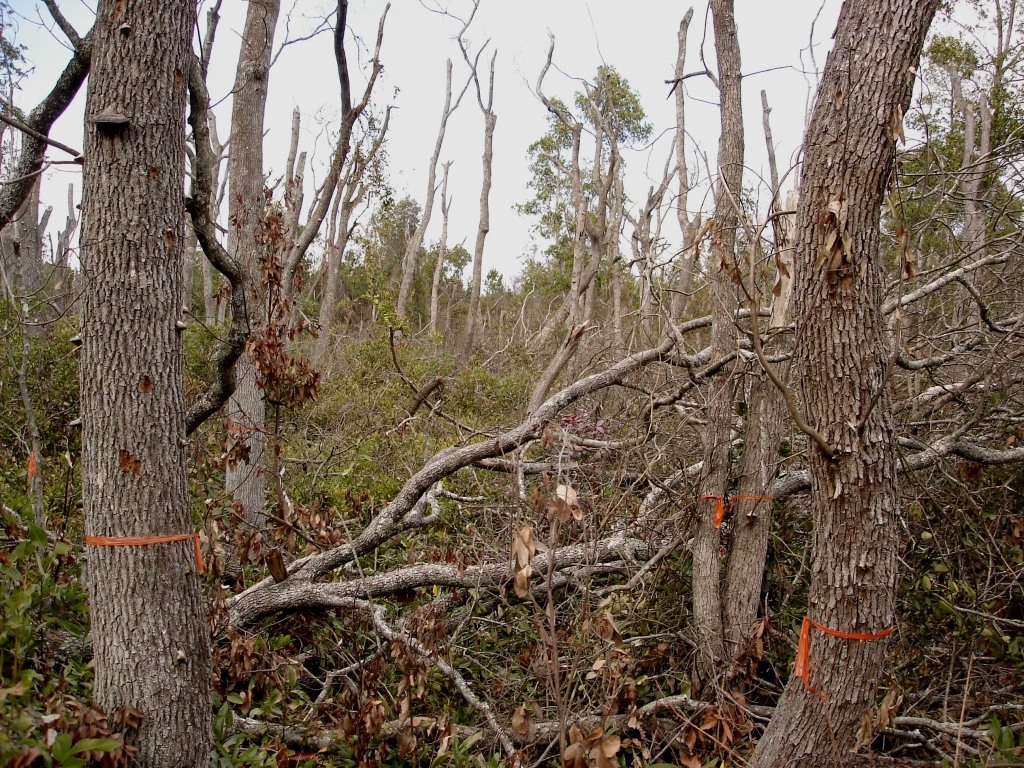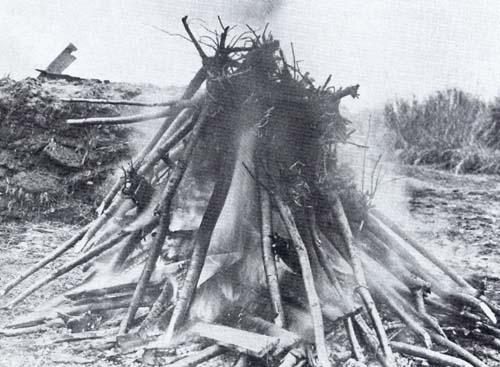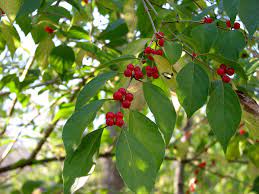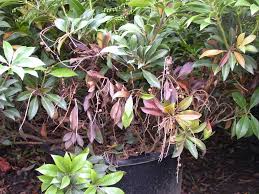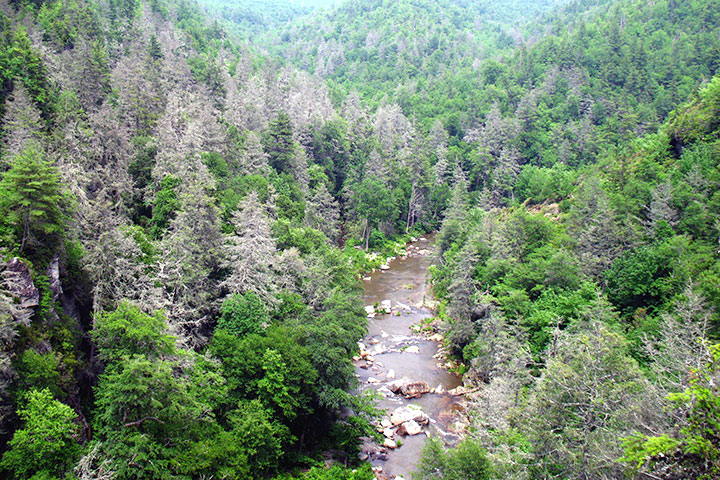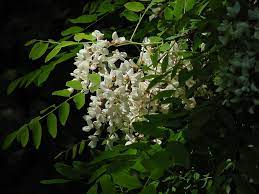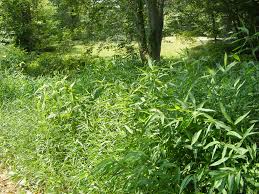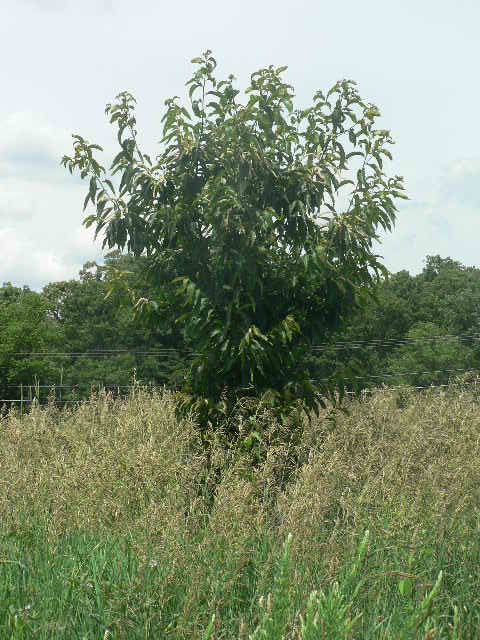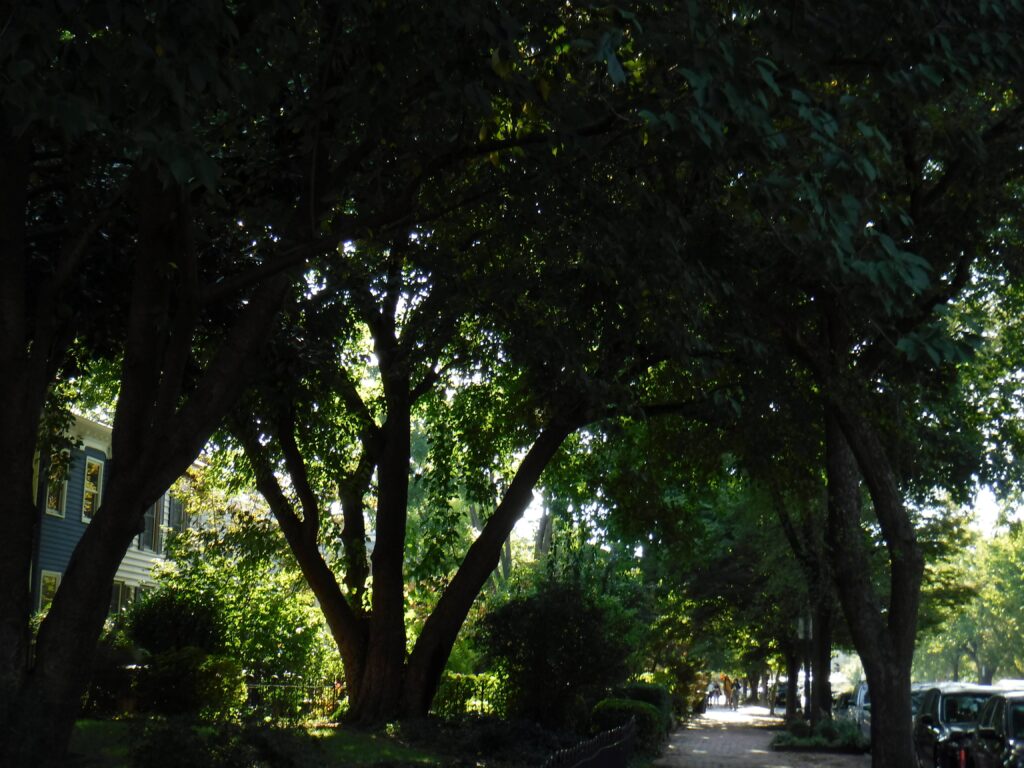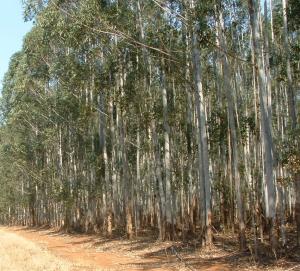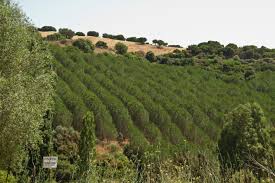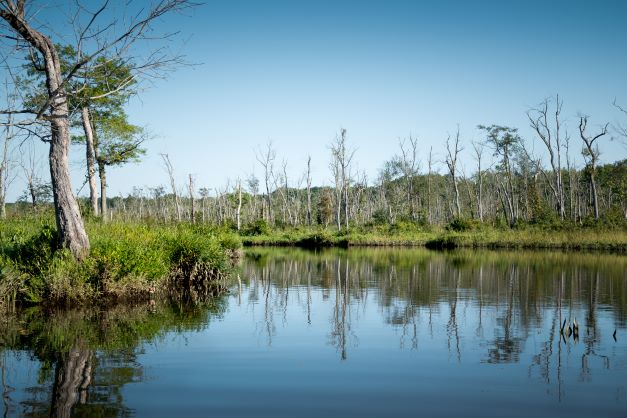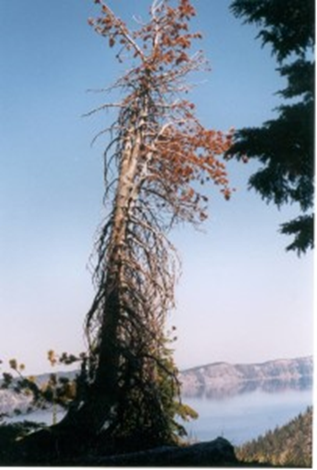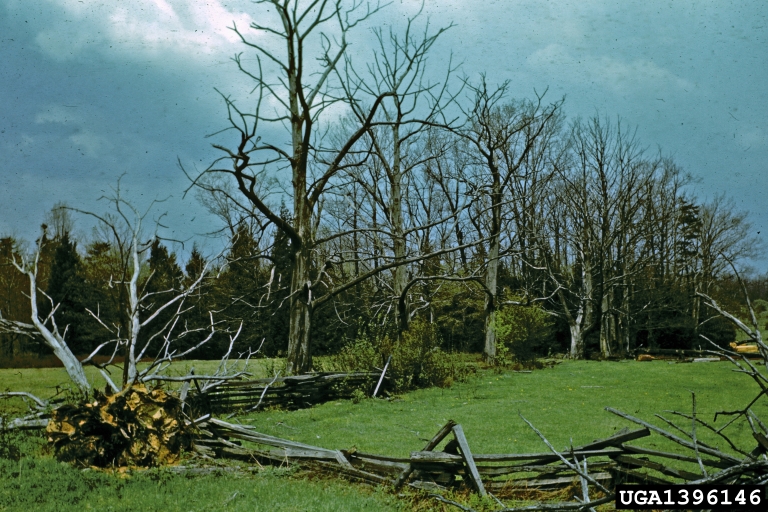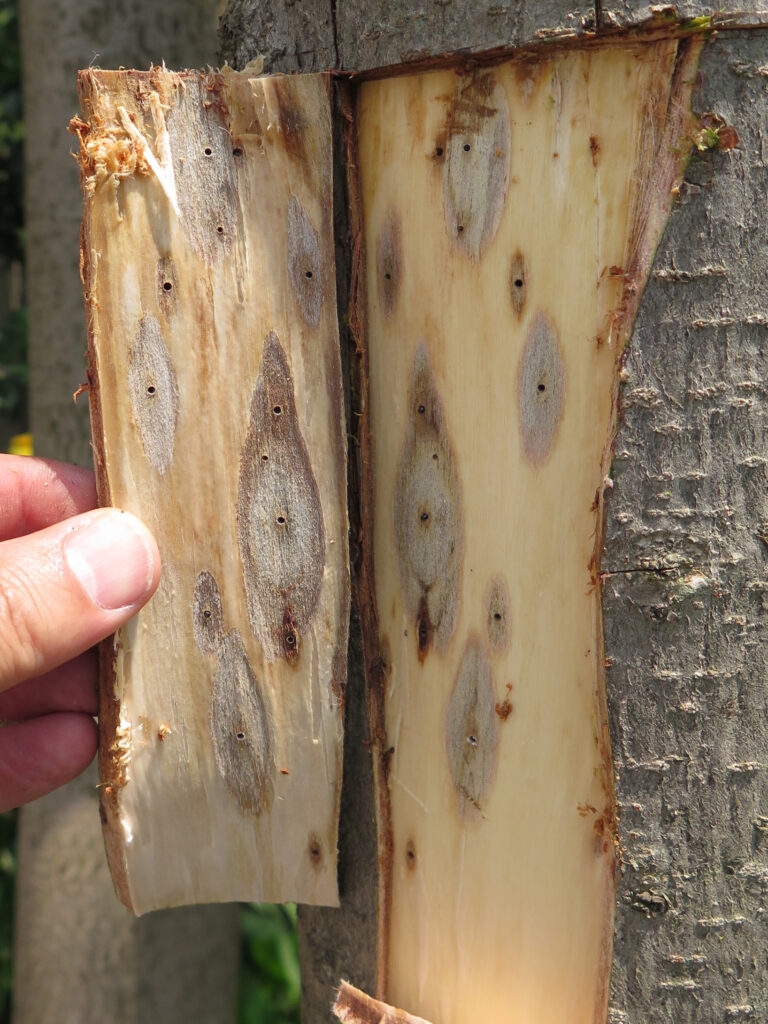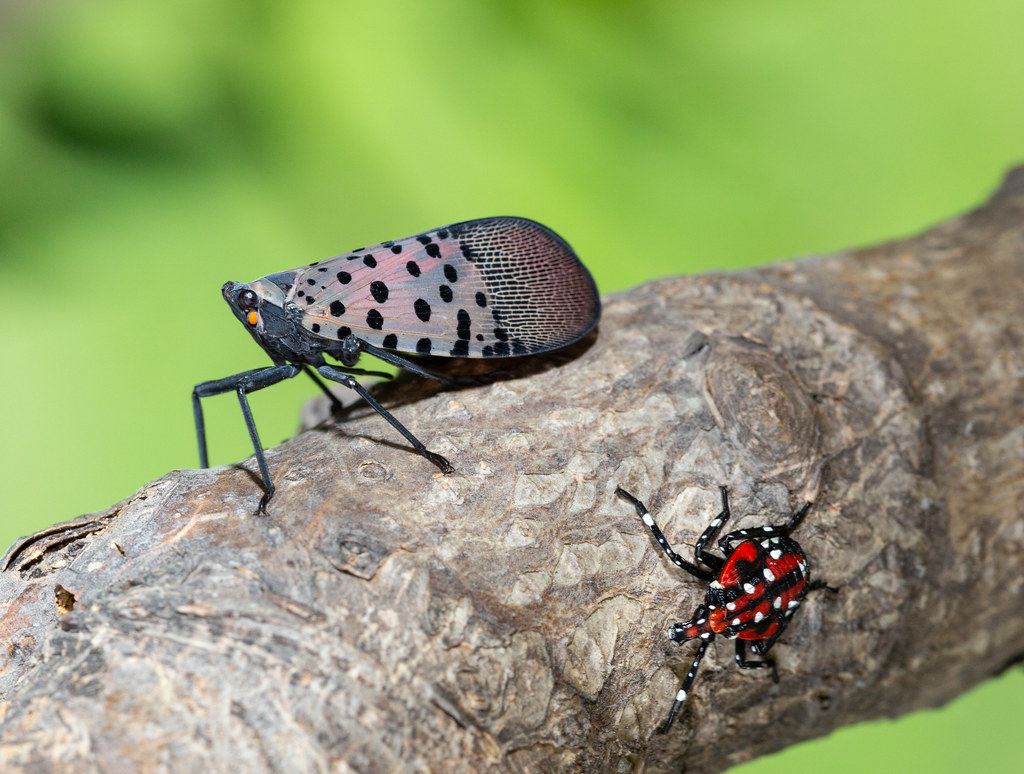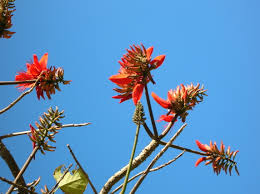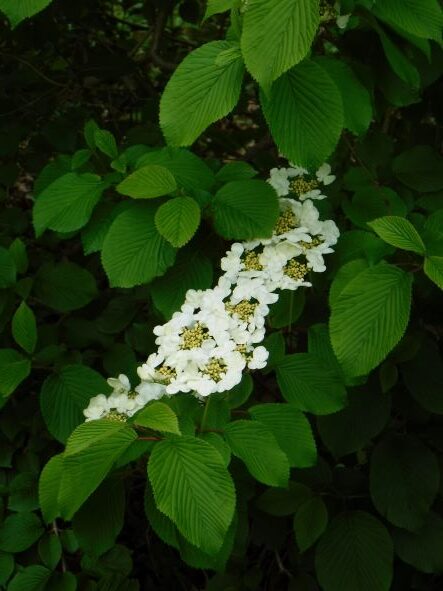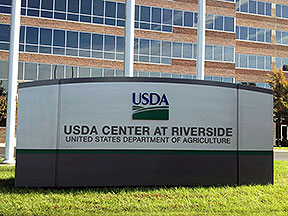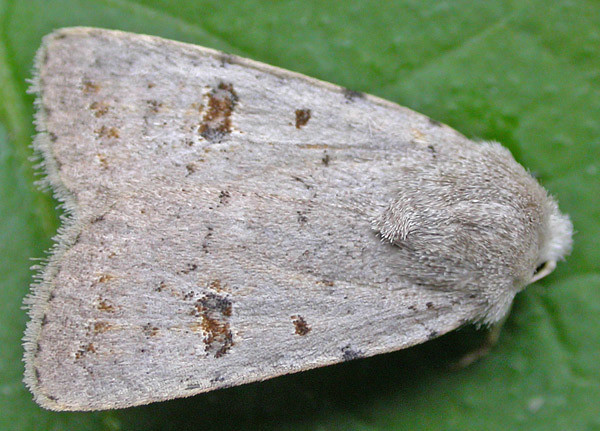
Will phytosanitary agencies and the international system respond to continuing introductions of non-native species?
A new study confirms that introductions of insects continue apace, links this pattern to the horticultural trade, and examines the role of climate change in facilitating introductions. This study focuses on moths introduced to the United Kingdom (Hordley et al.; full citation at the end of the blog). The study sought to detect any trends in numbers of species establishing and the relative importance of natural dispersal vs. those assisted – intentionally or inadvertently – by human activities.
The authors determined that moths continue to be introduced by both processes; there is no sign of “saturation”. This finding agrees with that of Seebens and 44 others (2017; citation below), which analyzed establishments of all types of non-native species globally. The British scientists found that rapidly increasing global trade is the probable driver of the recent acceleration of human-assisted introductions. They emphasize the horticultural trade’s role specifically. Climate change might play a role in facilitating establishment of species entering the UK via human activities.
Hordley et al. found that long-term changes in climate, not recent rapid anthropogenic warming, was important in facilitating introductions of even those moth species that arrived without human assistance. As they note, temperatures in Great Britain have been rising since the 17th Century. These changes in temperature have probably made the British climate more suitable for a large number of Lepidoptera. The data show that the rate of natural establishments began rising in the 1930s, 60 years before anthropogenic changes in temperatures became evident. Hordley et al. point out that an earlier study that posited a more significant role for climate change did not distinguish between insect species which have colonized naturally and those benefitting from human assistance.
The authors expect introductions to continue, spurred by ongoing environmental and economic changes. Fortunately, very few of the introduced moths had any direct or indirect negative impacts. (The box-tree moth (Cydalima perspectalis) is the exception. [Box-tree moth is also killing plants in North America.]
Still, they consider that introductions pose an ongoing potential risk to native biodiversity and related human interests. Therefore, they advocate enhanced biosecurity. Specifically, they urge improved monitoring of natural colonizations and regulation of the horticultural trade.
Hordley et al. estimated the rate of establishment during the period 1900 – 2019 for (i) all moth species; (ii) immigrants (i.e., those introduced without any human assistance); (iii) immigrants which feed on native hosts; (iv) immigrants which feed on non-native hosts; (v) adventives (i.e., species introduced with human assistance); (vi) adventives which feed on native hosts; and (vii) adventives which feed on NIS hosts.
Their analysis used data on 116 moth species that have become established in Great Britain since 1900. Nearly two-thirds of these species – 63% – feed on plant species native to Great Britain; 34% on plant species that have been imported – intentionally or not. Data were lacking on the hosts of 3 species.
Considering the mode of introduction, the authors found that 67% arrived through natural colonization; 33% via human assistance. Sixty-nine percent of the 78 species that were introduced through natural processes (54 species) feed on plant species native to Great Britain; 31% (24 species) feed on non-native plants. Among the 38 species whose introduction was assisted by human activities, one-half (19 species) feed on native plant species; 42% (16 species) feed on introduced hosts.
Regarding trends, they found that when considering all moth species over the full period, 21.5% more species established in each decade than in the previous decade. This average somewhat obscured the startling acceleration of introductions over time: one species was reported as established in the first decade (1900–1909) compared to 18 species in the final decade (2010–2019).
The rate of introduction for all immigrant (naturally introduced) species was 22% increase per decade. Considering immigrant species that feed on native plants, the rate of establishment was nearly the same – 23% increase per decade – when averaged over the 120-year period. However, a more detailed analysis demonstrated that these introductions proceeded at a steady rate until 1935, then accelerated by 11% per decade thereafter. In contrast, immigrants that feed on non-native plants have maintained a steady rate of increasing establishments – 13% per decade since 1900.
Adventive species (those introduced via human assistance) increased by 26% per decade. The data showed no signs of saturation. The rates of introduction were similar for adventives that feed on both native plants (22%) and non-native hosts (26%). Again, additional analysis demonstrated a break in rates for adventives that feed on native hosts. The rate was steady until the 1970s, then significantly increased during the years up to 2010. (The scientists dropped data from the final decade since lags in detection might artificially suppress that number.)
In summary, Hordley et al. found no significant differences in trends between
- the number of species that established naturally (20%) vs. adventives (26%).
- immigrant or adventive species that feed on native vs. non-native hosts.
The authors discuss the role of climate change facilitating bioinvasion by spurring natural dispersal, changing propagule pressure in source habitats, changing the suitability of receiving habitat, and changing in pathways for natural spread, e.g., altered wind and ocean currents. They recognize that the two modes of colonization – adventives and immigrants – can interact. They stress, however, that the two colonization modes require different interventions.
Although their findings don’t support the premise that a surge of natural colonizers has been prompted by anthropogenic warming, Hordley et al. assert that climate clearly links to increased moth immigration to Britain and increased probability of establishment. They note that even so assisted, colonists still must overcome both the natural barrier of the English Channel and find habitats that are so configured as to facilitate breeding success. They report that source pools do not appear to be depleted — moth species richness of neighboring European countries greatly exceeds that in Great Britain.
I would have liked to learn what factors they think might explain the acceleration in both natural and human-assisted introductions of species that feed on plant species native to Great Britain. In 2023 I noted that scientists have found that numbers of established non-native insect species are driven primarily by diversity of plants – both native and non-indigenous.
Hordley et al. assert that Great Britain has advantages as a study location because as a large island separated from continental Europe by the sea – a natural barrier – colonization events are relatively easy to detect. However the English Channel is only 32 km across at its narrowest point. I wonder, whether this relatively narrow natural barrier might lead to a misleadingly large proportion of introduced species being natural immigrants. I do agree with the authors that moths are an appropriate focal taxon because they are sensitive to climate and can be introduced by international trade. Furthermore, Britain has a long tradition of citizen scientists recording moth sightings, so trends can be assessed over a long period.
Hordley et al. stress that they measured only the temporal rate of new species’ establishments, not colonization pressure or establishment success rate. They had no access to systematic data regarding species that arrived but failed to establish. Therefore, they could not deduce whether the observed increase in establishment rates are due to:
(1) more species arriving—due either to climate-driven changes in dispersal or to accessibility of source pools; or
(2) higher establishment success due to improved habitat and resource availability; or
(3) both.
Hordley et al. noted two limitations to their study. First, they concede that there is unavoidably some subjectivity in classifying each species as colonizing naturally or with human assistance. They tried to minimize this factor by consulting two experts independently and including in the analysis only those species on which there was consensus.
Second, increases in detection effort and effectiveness might explain the recent increases in establishment rates. They agree that more people have become “citizen scientists” since 1970. Also, sampling techniques and resources for species identification have improved considerably. They note, however, that Seebens et al. (2018) tested these factors in their global assessment and found little effect on trends.
Hordley et al. believe that they have addressed a third possible limitation – the lag between introduction and detection – by running their analyses both with and without data from final decade (2010-2019). The results were very similar qualitatively.
SOURCE
Hordley, L.A., E.B. Dennis, R. Fox, M.S. Parsons, T.M. Davis, N.A.D. Bourn. 2024. Increasing rate of moth species establishment over 120 years shows no deceleration. Insect Conserv. Divers. 2024;1–10. DOI: 10.1111/icad.12783
Seebens, H. et al. 2017. No saturation in the accumulation of alien species worldwide. Nature Communications. January 2017. DOI: 10.1038/ncomms14435
Seebens, H. et al. 2018. Global rise in emerging IAS results from increased accessibility of new source pools. Proceedings of the National Academy of Sciences. www.pnas.org/cgi/doi/10.1073/pnas.1719429115
Posted by Faith Campbell
We welcome comments that supplement or correct factual information, suggest new approaches, or promote thoughtful consideration. We post comments that disagree with us — but not those we judge to be not civil or inflammatory.
For a detailed discussion of the policies and practices that have allowed these pests to enter and spread – and that do not promote effective restoration strategies – review the Fading Forests report at https://treeimprovement.tennessee.edu/
or


